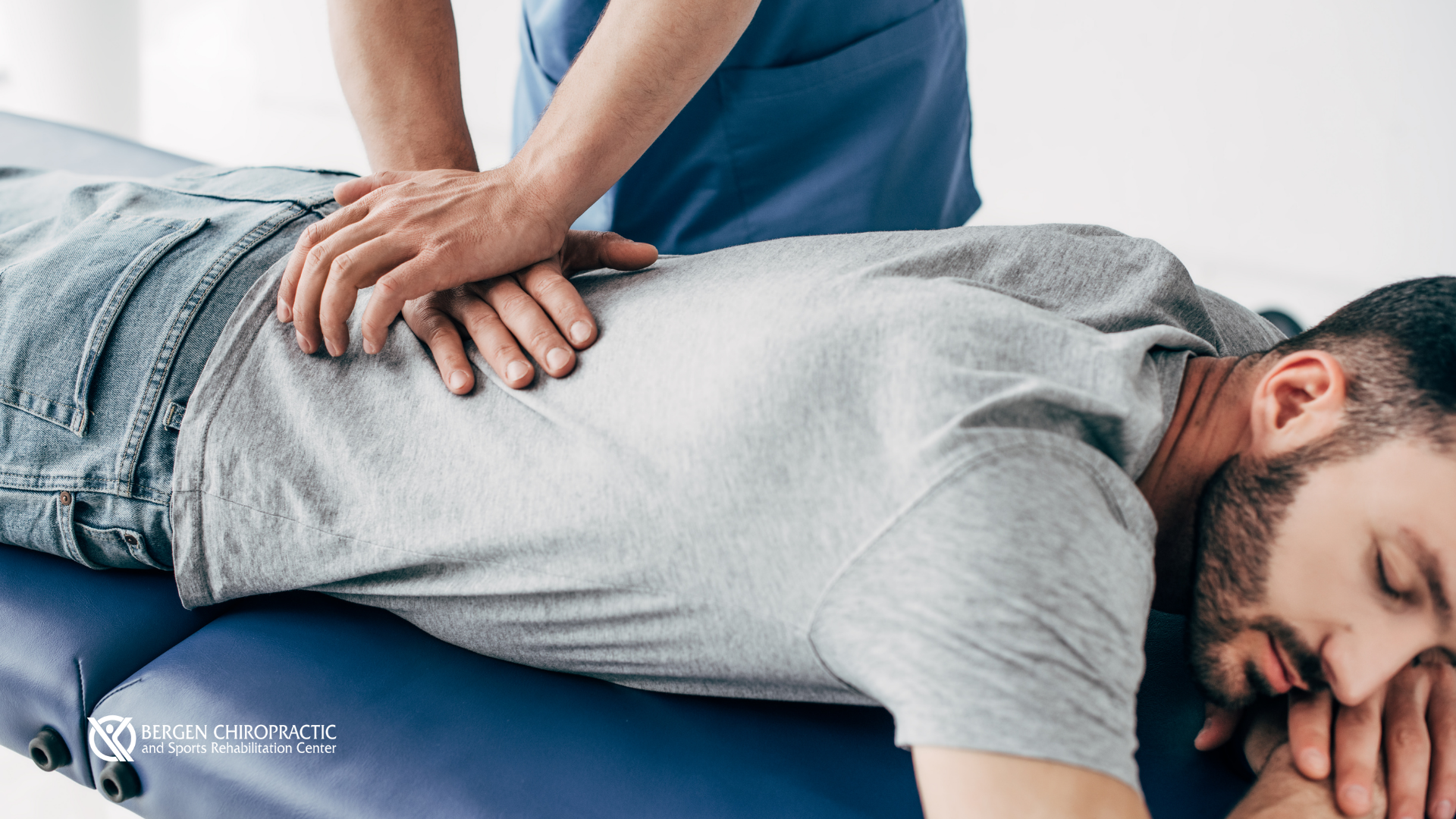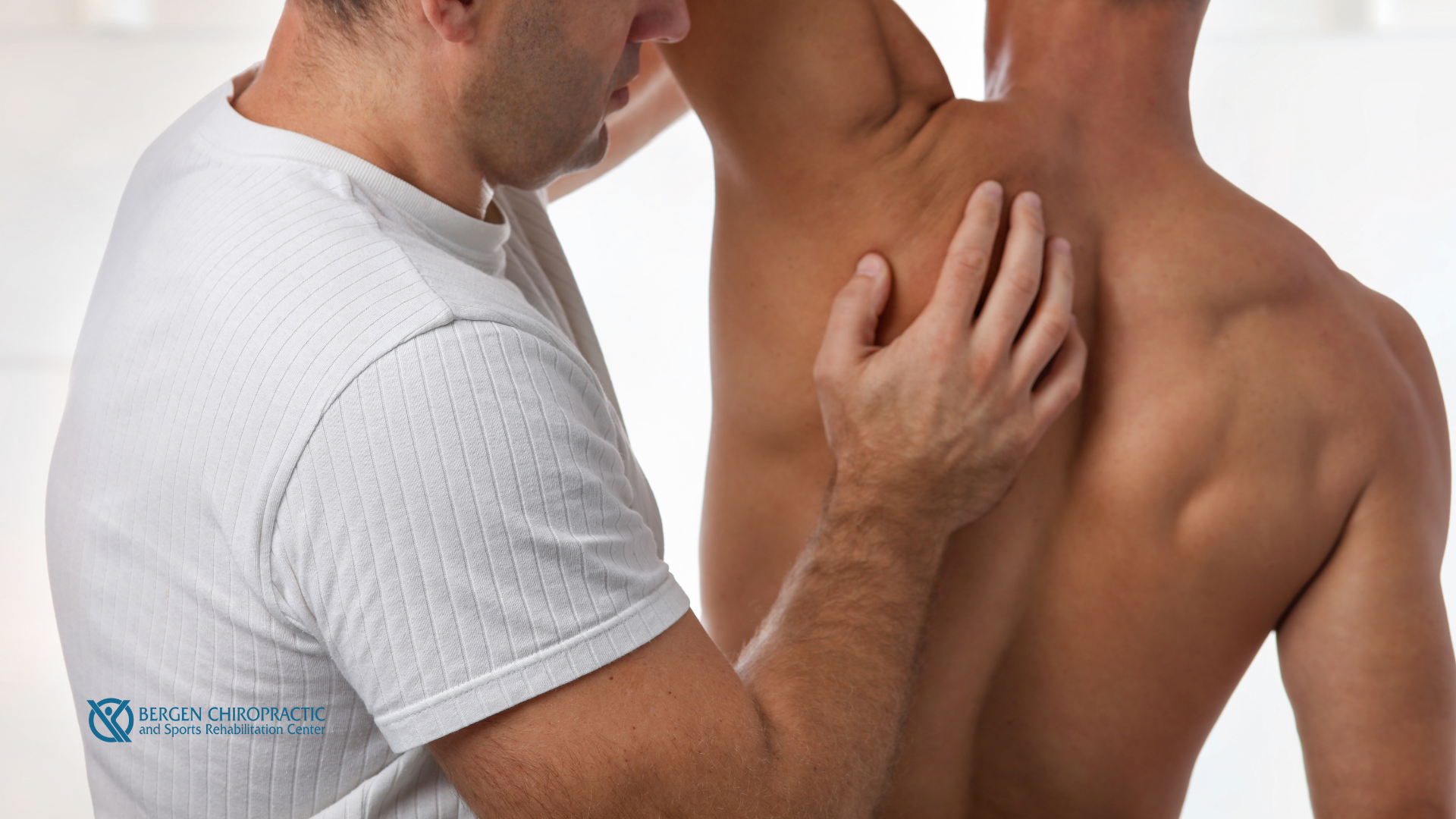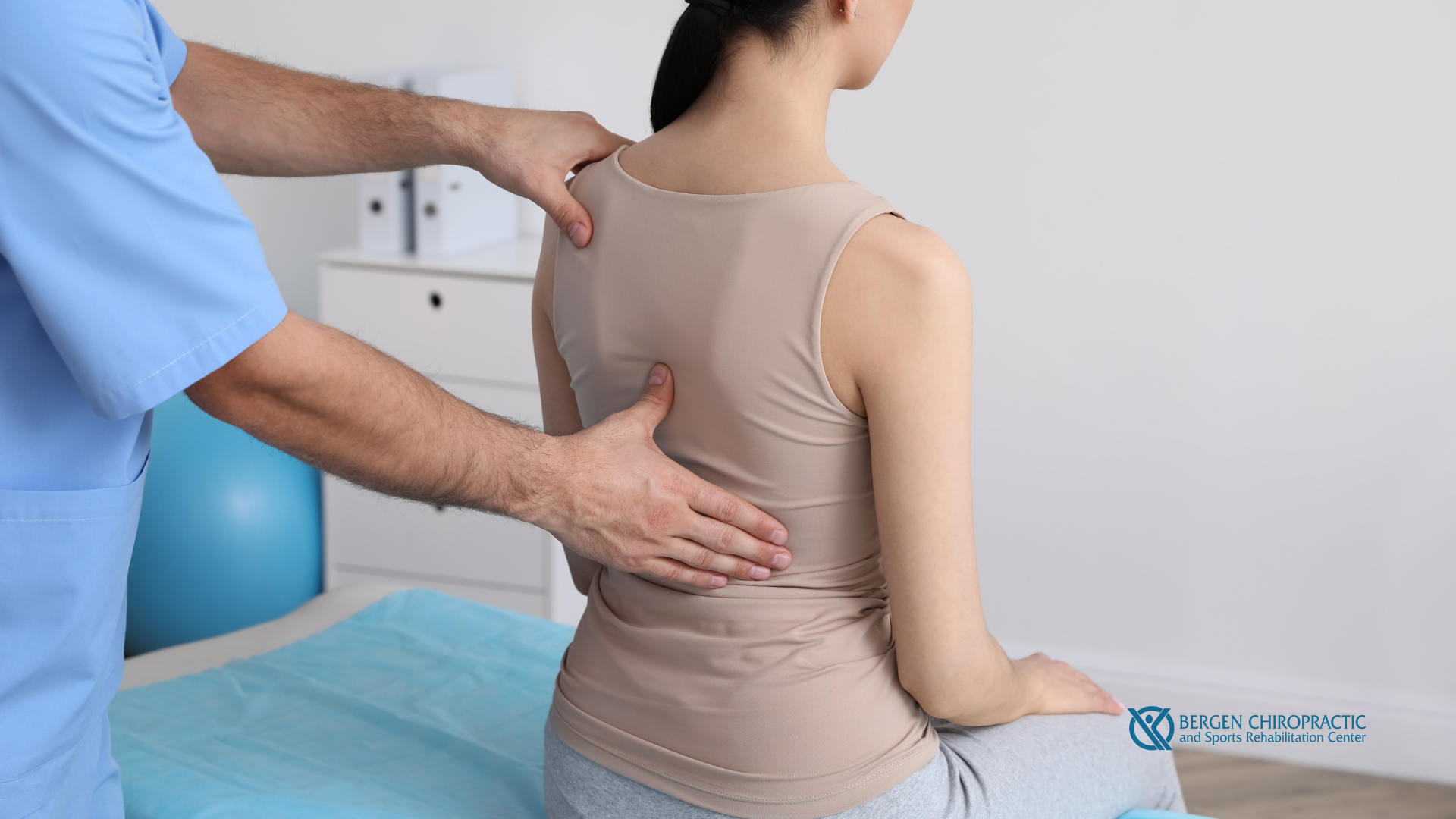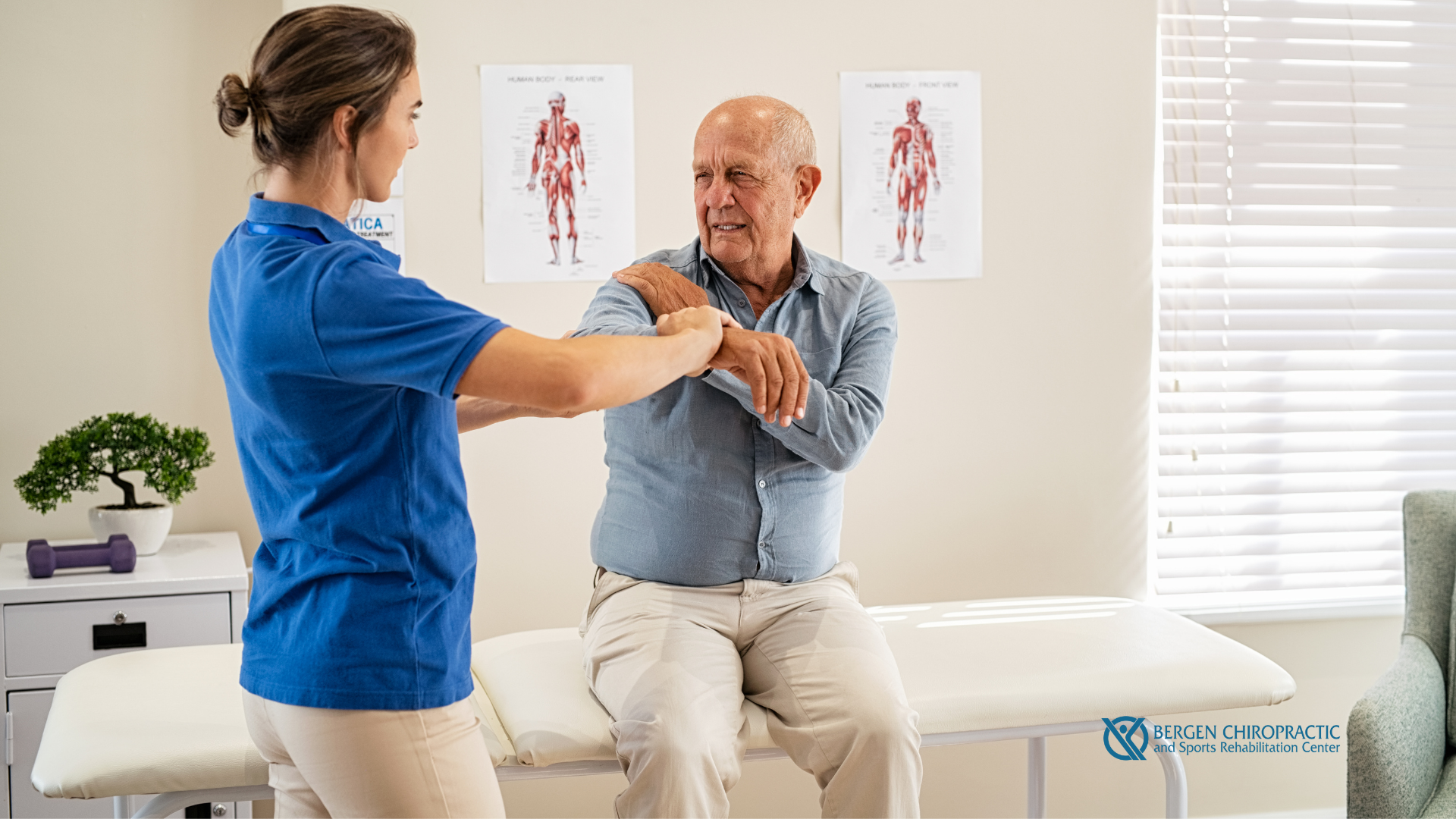Experience exceptional chiropractic care with Dr. Doerr and Dr. Doyle, Cliffside Park and Hackensack, NJ’s premier chiropractors!
Can a Chiropractor Fix a Dislocated Shoulder?
Discover how chiropractic care can alleviate pain, promote muscle stability, and aid in your recovery from a dislocated shoulder!
Can Chiropractors Offer Solutions for Chronic Fatigue Syndrome?
Learn how chiropractic care can help manage Chronic Fatigue Syndrome by addressing spinal health and joint disorders. If you or someone you know is struggling with CFS, consider exploring this alternative treatment option for relief from persistent tiredness and other symptoms.
Postpartum Recovery: The Benefits of Chiropractic Care after Pregnancy
The benefits of chiropractic care after pregnancy encompass emotional and mental health, contributing to a balanced, more harmonious recovery.
Unexpected Relief: Chiropractic Care for Chronic Sinusitis
Chiropractic adjustments can play a significant role in relieving pressure in the sinus cavities, particularly in cases of sinusitis and chronic sinusitis.
Can a Chiropractor Help with Bursitis?
Chiropractic care offers an innovative and effective strategy for managing bursitis to reduce discomfort and improve joint mobility!
Chiropractic Insights into Managing Restless Leg Syndrome
Chiropractic care, centered on the health of the spinal cord and the nervous system, offers a unique perspective on treating RLS!
Chiropractic Care for Wrist and Elbow Pain in Office Workers
For office workers battling the daily grind of wrist and elbow discomfort, chiropractic care is their secret weapon to stay productive and pain-free!
Improving Posture During Pregnancy with Chiropractic Care!
Dr. Doerr’s multi-layered approach helps women retain proper posture during the final months of their pregnancies!
Chiropractic Interventions for Treating Lower Back Pain in Golfers
For golfers of all levels, understanding and utilizing chiropractic care can be a game-changer in achieving a pain-free experience on the green!










